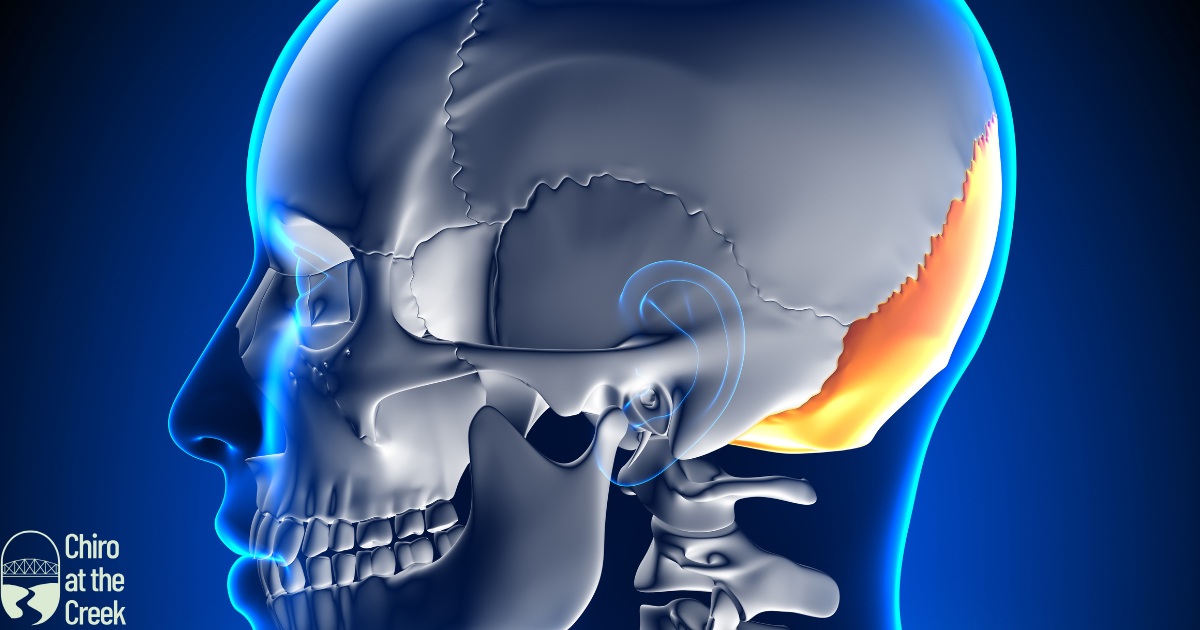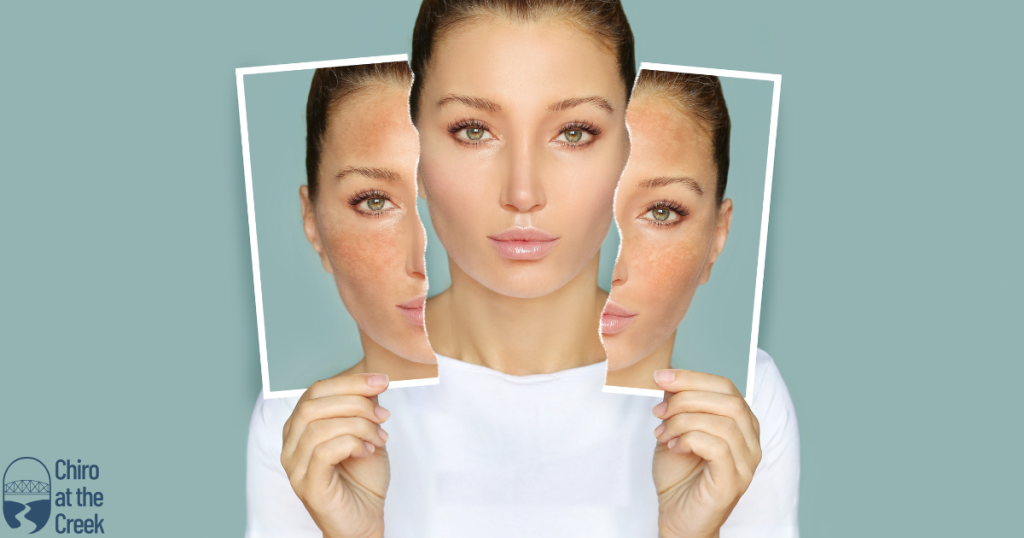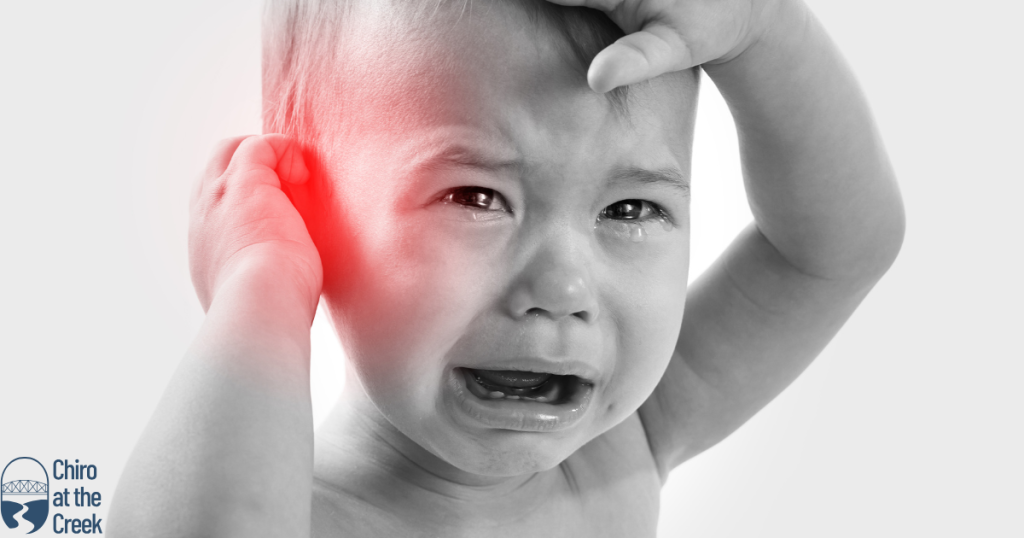Applied Kinesiology: A Powerful Tool for Addressing Cranial Faults
Introduction to Applied Kinesiology
Applied Kinesiology (AK) is a holistic approach to healthcare that combines principles from chiropractic, osteopathy, and other healing modalities. It was developed in the 1960s by Dr. George Goodheart, who believed that muscle testing could provide valuable insights into the body’s imbalances and help identify the root causes of health issues. AK practitioners use muscle testing to assess the body’s structural, chemical, and emotional imbalances, and then apply various techniques to restore balance and promote healing.
Understanding Cranial Faults and their Impact
Cranial faults refer to misalignments or dysfunctions in the bones of the skull. These faults can occur due to trauma, stress, poor posture, or even birth trauma. When cranial bones are misaligned, they can interfere with the proper functioning of the nervous system, leading to a wide range of health issues. Some common symptoms associated with cranial faults include headaches, migraines, jaw pain, sinus problems, dizziness, and even learning difficulties.
The Role of Applied Kinesiology in Addressing Cranial Faults
Applied Kinesiology plays a crucial role in addressing cranial faults by providing a non-invasive and effective approach to realigning the cranial bones. AK practitioners use muscle testing to identify specific cranial faults and determine the most appropriate treatment techniques. These techniques may include gentle manual adjustments, cranial sacral therapy, or even nutritional support to address any underlying imbalances contributing to the cranial fault.
One of the key techniques used in AK for cranial faults is cranial sacral therapy. This therapy involves gentle manipulation of the cranial bones and the sacrum to release tension and restore proper alignment. By applying gentle pressure and subtle movements, AK practitioners can help the cranial bones to realign, relieving pressure on the nervous system and promoting overall health and well-being.
Benefits of Applied Kinesiology for Cranial Faults
The benefits of using Applied Kinesiology for addressing cranial faults are numerous. Firstly, AK provides a non-invasive and drug-free approach to healing, making it a safe option for individuals of all ages. Secondly, AK practitioners can identify and address the underlying causes of cranial faults, rather than simply treating the symptoms. This holistic approach ensures long-term relief and promotes overall health and wellness.
Furthermore, AK allows for personalized treatment plans tailored to each individual’s unique needs. By using muscle testing, AK practitioners can determine the most effective techniques and therapies for each specific case, ensuring optimal results. This individualized approach also allows for ongoing monitoring and adjustments as needed, ensuring that the treatment is always aligned with the patient’s progress.
In conclusion, Applied Kinesiology is a powerful tool for addressing cranial faults. By using muscle testing and a holistic approach, AK practitioners can identify and treat the root causes of cranial misalignments, promoting overall health and well-being. While AK has its limitations, it offers numerous benefits, including personalized treatment plans and non-invasive techniques. If you are experiencing symptoms related to cranial faults, consider consulting with an AK practitioner to explore this effective and natural approach to healing.













